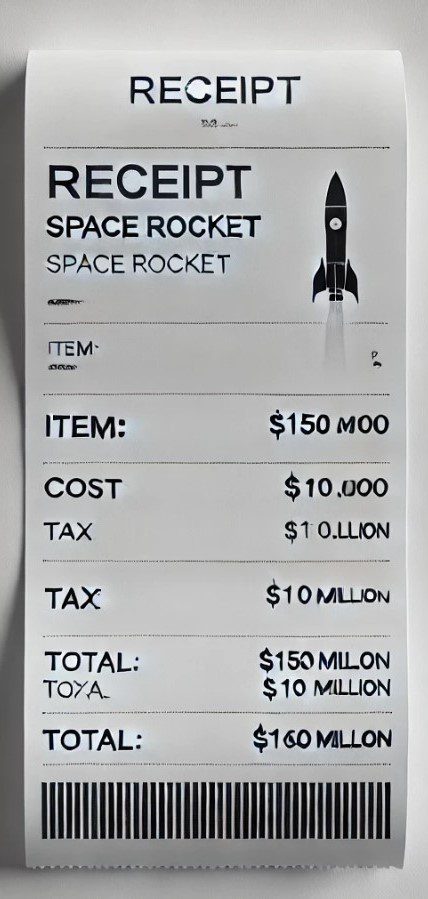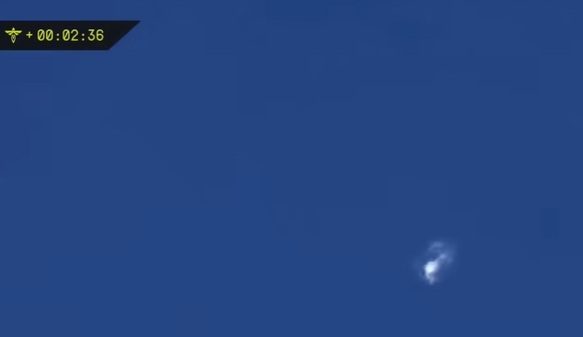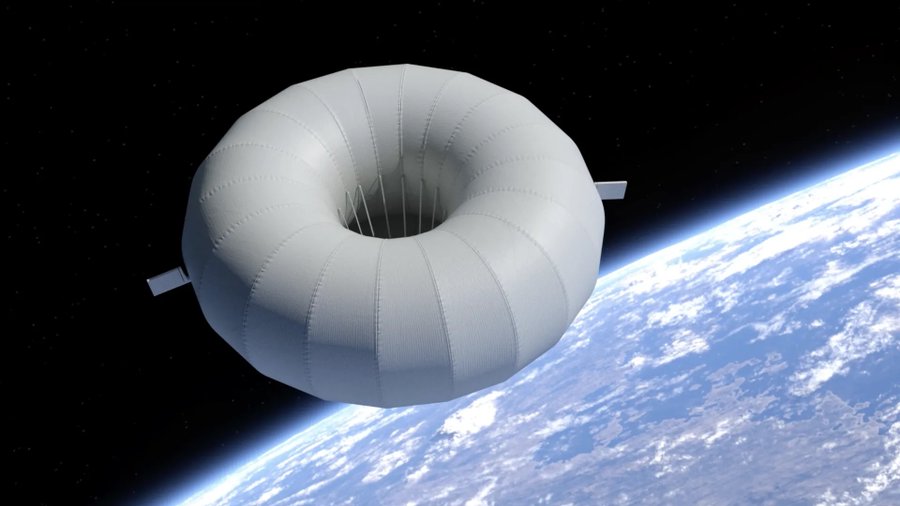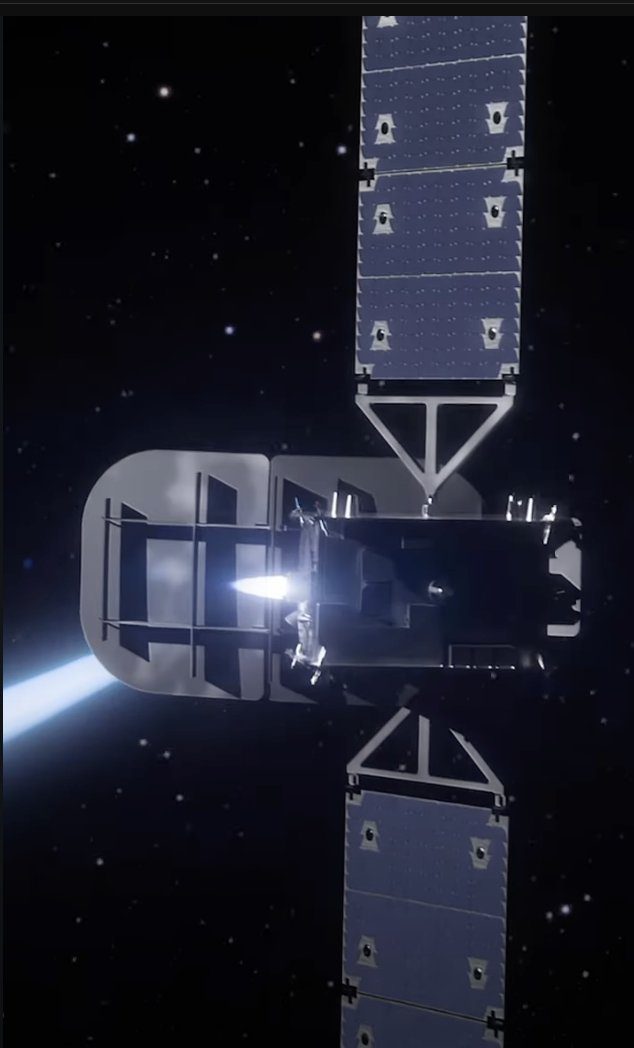The European Space Agency remains hopeful that it can regain contact with itsEnvisat Earth observation satellite, which unexpectedly stopped sending data tothe ground on 8 April.
Attempts to regain contact have so far been unsuccessful, but the spacecraft – one of themost sophisticated of its type and invaluable in such efforts as quantifyingclimate change – is in a stable orbit, ESA has determined by optical, radar andlaser observation.
But earlier this week France’s Pleiades Earth observation satellite passed within about100km of Envisat and was successfully turned to gather images of Envisat thatare being analysed along with ground-based observations to determine whetherits solar panels are oriented to the Sun. If they are, ESA says, Envisat mayhave enough power to have entered a safe mode – and, possibly, enough power forre-establishing communication with Earth.
Information on Envisat’s orbit is being provided by the US Joint Space Operations Center.In addition, multiple laser ranging stations on the ground are providinginformation to verify the stability of the satellite’s orbit.
More than4000 projects in over 70 countries have been supported with Envisat data, and evenif contact is regained, many will have been affected by the loss of continuityof data. Should Envisat remain out of contact, a contingency agreement with theCanadian Space Agency will see some of the users assisted by data from itsRadarsat.
But in anycase Envisat, launched in 2002 with a planned life of five years has alreadyexceeded its expectations. However, its current difficulties make the launchnext year of the first in a series of replacements that much more urgent.
TheseSentinel satellites are seies being developed for Europe’s Global Monitoringfor Environment and Security (GMES) programme and will provide the data neededfor information services to improve the management of the environment,understand and mitigate the effects of climate change and ensure civilsecurity. ESA describes the Sentinal series missions thus:
Sentinel-1 is a polar-orbiting, all-weather,day-and-night radar imaging mission for land and ocean services. The firstSentinel-1 satellite is planned for launch in 2013.
Sentinel-2 is a polar-orbiting, multispectralhigh-resolution imaging mission for land monitoring providing, for example,imagery of vegetation, soil and water cover, inland waterways and coastalareas. Sentinel-2 will also deliver information for emergency services. Thefirst Sentinel-2 satellite is planned for launch in 2013.
Sentinel-3 is polar-orbiting, multi-instrumentmission to measure variables such as sea-surface topography, sea- andland-surface temperature, ocean colour and land colour with high-end accuracyand reliability. The first Sentinel-3 satellite is planned for launch in 2013.
Sentinel-4 is a payload that will be embarkedupon a Meteosat Third Generation-Sounder (MTG-S) satellite in geostationaryorbit scheduled to be launched in 2019. Sentinel-4 is dedicated toatmospheric monitoring.
Sentinel-5 is a payload that will be embarkedon a MetOp Second Generation, satellite, also known as Post-EPS, to be launchedin 2020. Sentinel-5 is dedicated to atmospheric monitoring.
Sentinel-5Precursor satellite missionis planned to launch in 2015, thereby avoiding data gaps between Envisat(Sciamachy data in particular) and Sentinel-5. This mission will be dedicatedto atmospheric monitoring.







